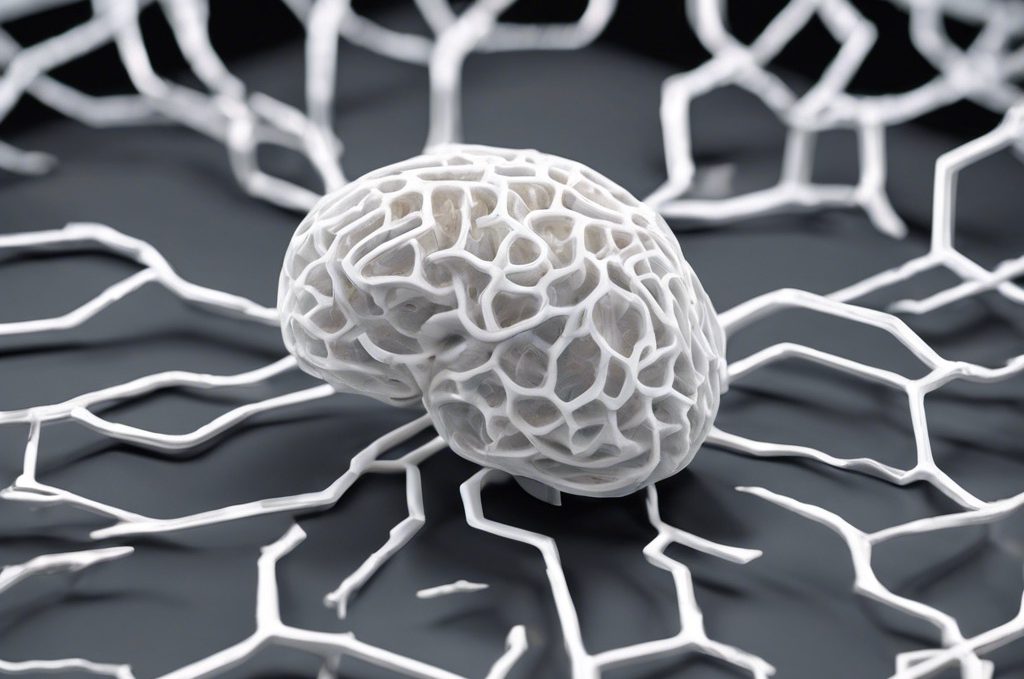Seung and Murthy have been developing the FlyWire map for more than four years, using electron microscopy images of slices of the fly’s brain. The researchers and their hundreds of global colleagues stitched the data together to form a full map of the brain with the help of artificial-intelligence (AI) tools. This is an immense achievement and already is revolutionising the field.







